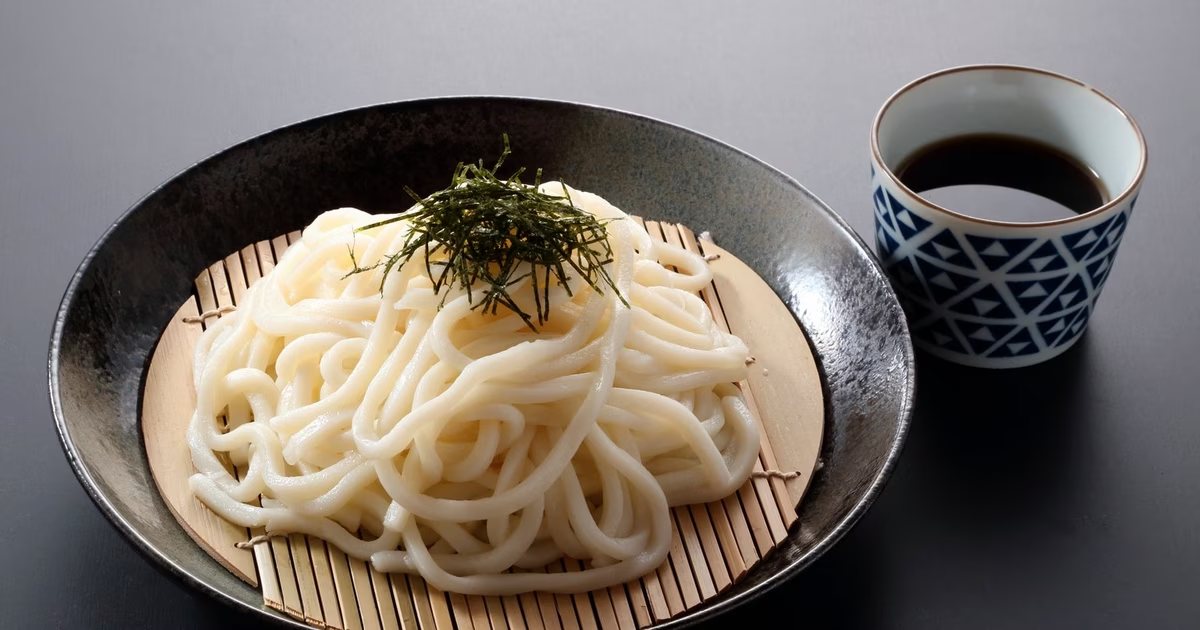
The Art of Sushi: Rolling Perfection at Home
Sushi is more than just food — it’s a form of art that reflects Japanese culture, balance, and simplicity. The word “sushi” actually refers to the seasoned rice, not the fish. Whether it’s a simple nigiri, a colorful maki roll, or a delicate sashimi platter, sushi celebrates freshness, precision, and harmony of flavor.
Understanding the Essence of Sushi
Traditional sushi emphasizes natural taste and minimalism. Every element, from the rice to the fish and the soy sauce, has its own purpose. Japanese chefs often say that good sushi should “speak for itself” — it should highlight the ingredient’s freshness without being masked by strong sauces or heavy seasonings.
The main types of sushi include:
- Nigiri: A hand-pressed mound of rice topped with fresh fish or seafood.
- Maki: Rice and fillings rolled in seaweed (nori) and sliced into bite-sized pieces.
- Uramaki: An inside-out roll with rice on the outside, popular in Western-style sushi.
- Temaki: A cone-shaped hand roll filled with rice, fish, and vegetables.
Perfecting the Sushi Rice
Sushi rice is the heart of every sushi dish. It should be slightly sticky but not mushy, with a mild vinegary sweetness. Start with short-grain Japanese rice, rinse it thoroughly until the water runs clear, and cook it gently. Once done, mix it with seasoned rice vinegar made from rice vinegar, sugar, and a pinch of salt. Let it cool slightly before using — this gives it that signature glossy finish.
Selecting Fresh Ingredients
The quality of fish makes or breaks your sushi. For home preparation, always choose sashimi-grade fish from trusted suppliers. Popular choices include salmon, tuna, yellowtail, and shrimp. Complement your sushi with fresh cucumbers, avocado, pickled radish, or tamago (sweet egg omelet) for color and texture variety.
Rolling Like a Pro
To make maki rolls, you’ll need a bamboo rolling mat wrapped in plastic. Place a sheet of nori on the mat, spread an even layer of rice, and add your fillings in the center. Roll it tightly but gently, applying light pressure for shape. Slice with a wet, sharp knife for clean edges.
For nigiri, form small rice ovals by hand, then place a slice of fish on top. You can add a touch of wasabi between the rice and fish for flavor. Remember, the beauty of sushi lies in consistency — each piece should be uniform and elegantly simple.
Serving & Presentation
Presentation is as important as flavor in Japanese cuisine. Arrange your sushi neatly on a wooden or ceramic plate. Add small portions of pickled ginger, wasabi, and soy sauce for dipping. For a complete experience, serve it with miso soup or green tea.
Tips for Beginners
- Always keep your hands slightly wet when handling rice to prevent sticking.
- Use a sharp knife dipped in water to cut rolls cleanly.
- Don’t overload your roll — balance is key to perfect sushi.
- Experiment with vegetarian sushi using tofu, cucumber, and carrot fillings.
A Taste of Tradition at Home
Making sushi at home might seem intimidating at first, but it’s a rewarding experience that brings you closer to Japan’s culinary philosophy. The process encourages patience, mindfulness, and creativity. Once you get comfortable with rice and rolling techniques, you can craft restaurant-style sushi right in your kitchen.
Whether enjoyed as a special meal with friends or a weekend cooking project, sushi captures the spirit of “Oishii” — delicious simplicity. With every roll, you’re not just creating food, but sharing a piece of Japanese culture with every bite.